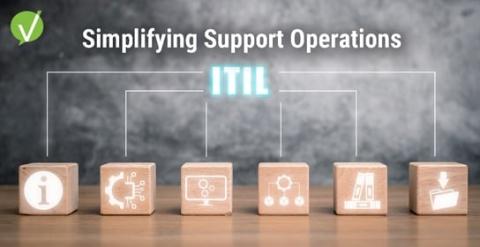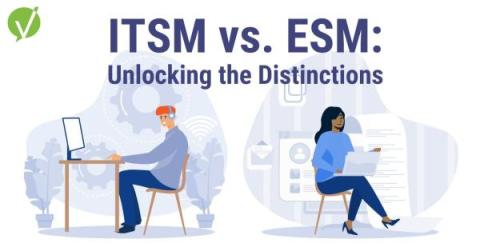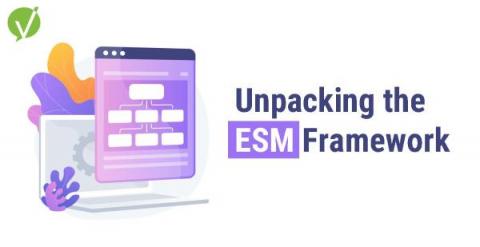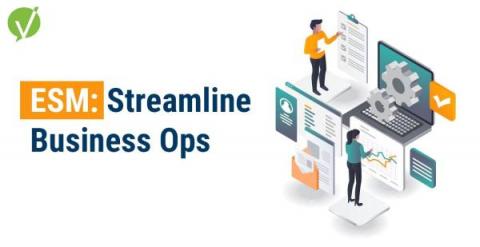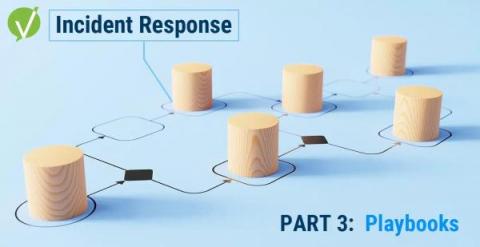Change Management SLA: Unveiling the Impact in ITIL
Things You Will Learn in This Article: You’ve landed in the right place if you’re currently tired of experiencing the chaos associated with the process of planning, implementing, and guiding your organizational changes effectively. If you’re overwhelmed by an influx of service requests and you’re struggling to meet your company’s IT service delivery promises, then you may be happy to learn the solution may be as simple as a Change Management SLA.



